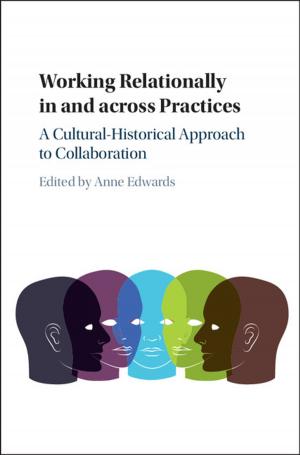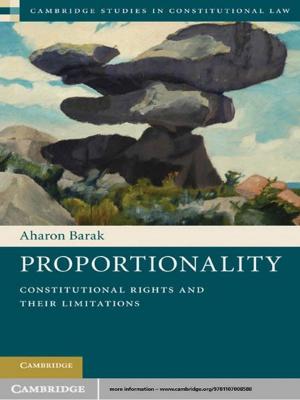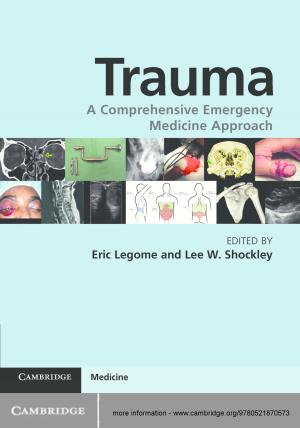Endangered Languages and New Technologies
Nonfiction, Reference & Language, Language Arts, Linguistics, Social & Cultural Studies, Social Science| Author: | ISBN: | 9781316120361 | |
| Publisher: | Cambridge University Press | Publication: | December 4, 2014 |
| Imprint: | Cambridge University Press | Language: | English |
| Author: | |
| ISBN: | 9781316120361 |
| Publisher: | Cambridge University Press |
| Publication: | December 4, 2014 |
| Imprint: | Cambridge University Press |
| Language: | English |
At a time when many of the world's languages are at risk of extinction, the imperative to document, analyse and teach them before time runs out is very great. At this critical time new technologies such as visual and aural archiving, digitisation of textual resources, electronic mapping and social media, have the potential to play an integral role in language maintenance and revitalisation. Drawing on studies of endangered languages from around the world - Europe, Asia, Africa and North and South America - this volume considers how these new resources might best be applied, and the problems that they can bring. It also re-assesses more traditional techniques of documentation in light of new technologies and works towards achieving a practicable synthesis of old and new methodologies. This accessible volume will be of interest to researchers in language endangerment, language typology and linguistic anthropology, and to community members working in native language maintenance.
At a time when many of the world's languages are at risk of extinction, the imperative to document, analyse and teach them before time runs out is very great. At this critical time new technologies such as visual and aural archiving, digitisation of textual resources, electronic mapping and social media, have the potential to play an integral role in language maintenance and revitalisation. Drawing on studies of endangered languages from around the world - Europe, Asia, Africa and North and South America - this volume considers how these new resources might best be applied, and the problems that they can bring. It also re-assesses more traditional techniques of documentation in light of new technologies and works towards achieving a practicable synthesis of old and new methodologies. This accessible volume will be of interest to researchers in language endangerment, language typology and linguistic anthropology, and to community members working in native language maintenance.















